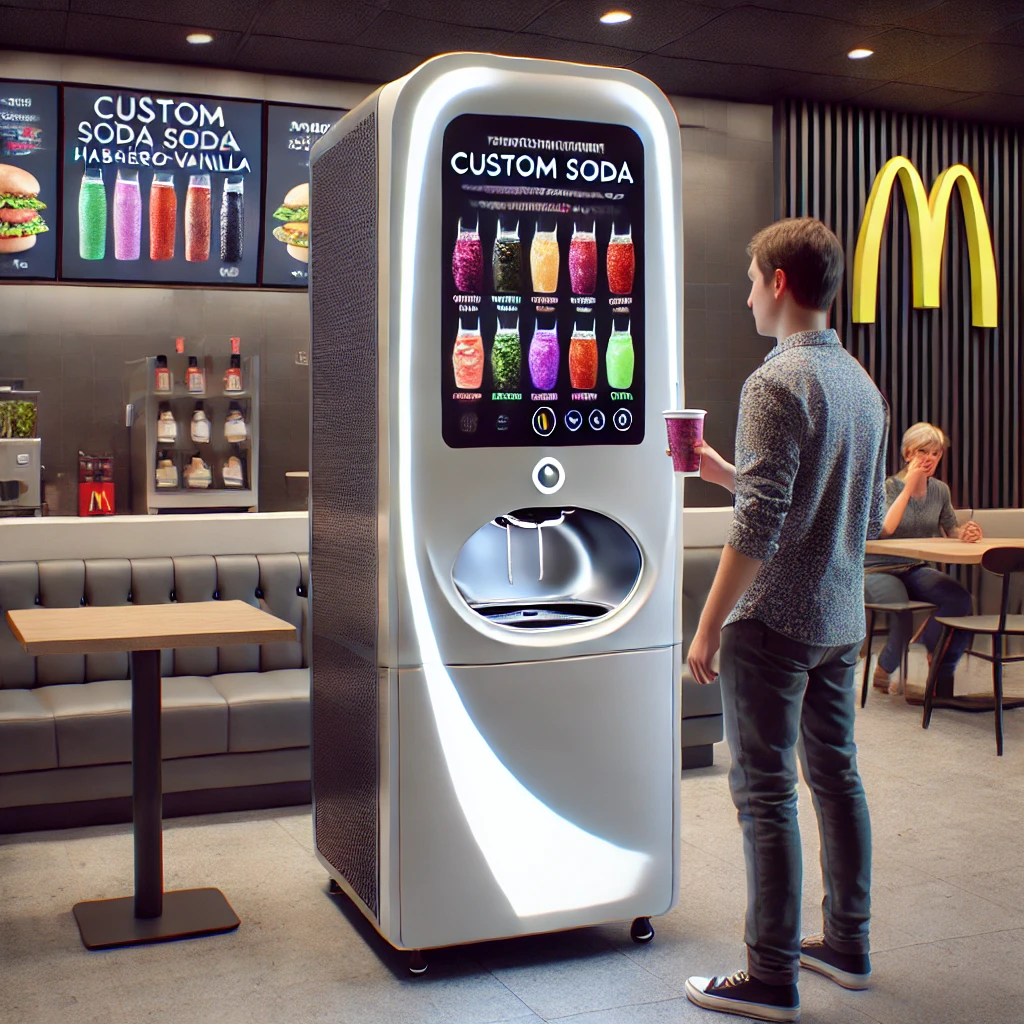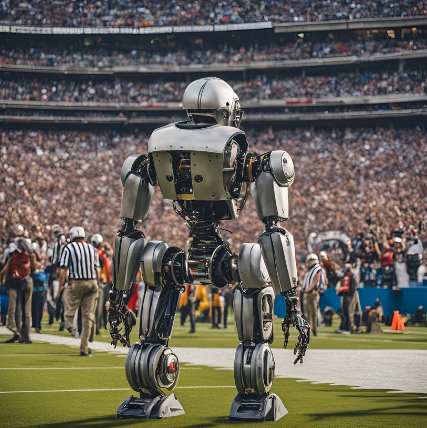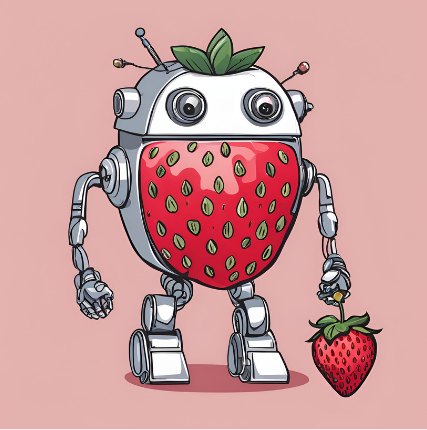The days of choosing between cola, orange, or lemon-lime are over. A new wave of AI-powered soda machines is changing the way we think about soft drinks—by creating flavors tailored specifically to each customer’s taste.
How It Works
These futuristic vending machines use advanced artificial intelligence and machine learning algorithms to analyze individual preferences. Customers start by answering a few questions about their favorite flavors—sweet vs. tart, fruity vs. spicy, classic vs. adventurous. Some machines even use facial recognition and biometric sensors to detect subtle reactions to different taste profiles.
From there, the AI gets creative. It generates a one-of-a-kind soda blend using a vast database of flavors, mixing everything from traditional ingredients like cherry and vanilla to unexpected choices like habanero, lavender, or balsamic fig.
“No two drinks are exactly the same,” says Lisa Carter, lead engineer at FlavorTech, the startup behind one of the first AI soda machines rolling out in major cities. “Your drink is crafted based on your taste history, mood, and even environmental factors like the weather.”
A Personalized Taste Experience
Early users report some surprising (and delicious) results. Matt Donnelly, a beta tester, described his AI-generated drink as “like root beer, but with a hint of cinnamon and something floral—I never would have picked that myself, but it was amazing.”
Another customer, Tasha Lin, raved about the machine’s ability to tweak flavors over time. “The first time, it was too sweet. The second time, it adjusted, and now it’s perfect.”
The Future of Soda?
Big beverage companies are already paying attention. With the ability to offer hyper-personalized drinks at the push of a button, AI soda machines could revolutionize the industry. Some brands are even experimenting with subscription-based soda profiles, where the machine remembers your preferences and fine-tunes your flavors every time you visit.
For now, the machines are being tested in select locations—tech hubs, airports, and entertainment venues—but if the hype is real, you may soon find yourself sipping on a soda designed just for you.
Would you trust AI to craft your perfect drink? Or will you stick to good old-fashioned cola?









